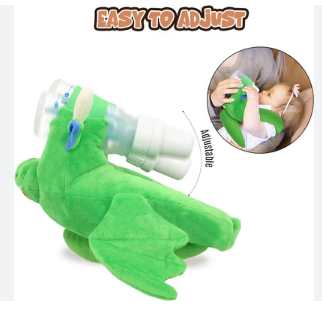Feeding bottles are an indispensable tool for parents, offering a convenient and reliable way to nourish infants with formula or breast milk. As a cornerstone of infant care, selecting the right feeding bottle involves considerations of safety, functionality, and comfort to ensure a positive feeding experience for both baby and caregiver.
Safety and Quality Materials
One of the foremost considerations when choosing a feeding bottle is safety. High-quality feeding bottles are typically made from BPA-free materials, ensuring they are free from harmful chemicals that could leach into the contents. This commitment to safety extends to the durability of materials, ensuring the bottle can withstand repeated sterilization and cleaning without compromising its integrity.
Design Features for Optimal Feeding
Modern feeding bottles incorporate ergonomic designs that prioritize ease of use and comfort. They often feature anti-colic vents or systems designed to reduce air intake during feeding, minimizing the risk of discomfort for the baby due to gas or colic. Additionally, ergonomic shapes and textured grips on bottles make them easier for parents to hold and handle during feeding sessions.
Versatility and Adaptability
Feeding bottles come in various sizes and shapes to accommodate different feeding preferences and developmental stages of the baby. Some bottles are designed with wide necks for easier filling and cleaning, while others may include interchangeable nipples to accommodate different flow rates as the baby grows. This versatility ensures that the feeding bottle remains a practical choice throughout infancy and early childhood.
Ease of Cleaning and Maintenance
Maintaining hygiene is essential when caring for an infant, and feeding bottles are designed with this in mind. Many bottles feature components that are dishwasher-safe or easy to hand-wash, streamlining the cleaning process for busy parents. Additionally, bottles with fewer parts or simple assembly are preferred for their ease of maintenance.
Choosing the Right Feeding Bottle
When selecting a feeding bottle, consider factors such as safety certifications, ergonomic design, nipple compatibility, and ease of cleaning. Assessing these aspects will help you choose a bottle that aligns with your feeding preferences and supports your baby’s comfort and well-being.
Conclusion
In conclusion, feeding bottles play a pivotal role in infant care by providing a safe, convenient, and reliable means of feeding babies. With a focus on safety, quality materials, ergonomic design, and ease of maintenance, modern feeding bottles ensure a positive feeding experience that promotes comfort and bonding between parent and child.
The Essential Guide to Feeding Bottles: Choosing Quality and Comfort

Categories:

